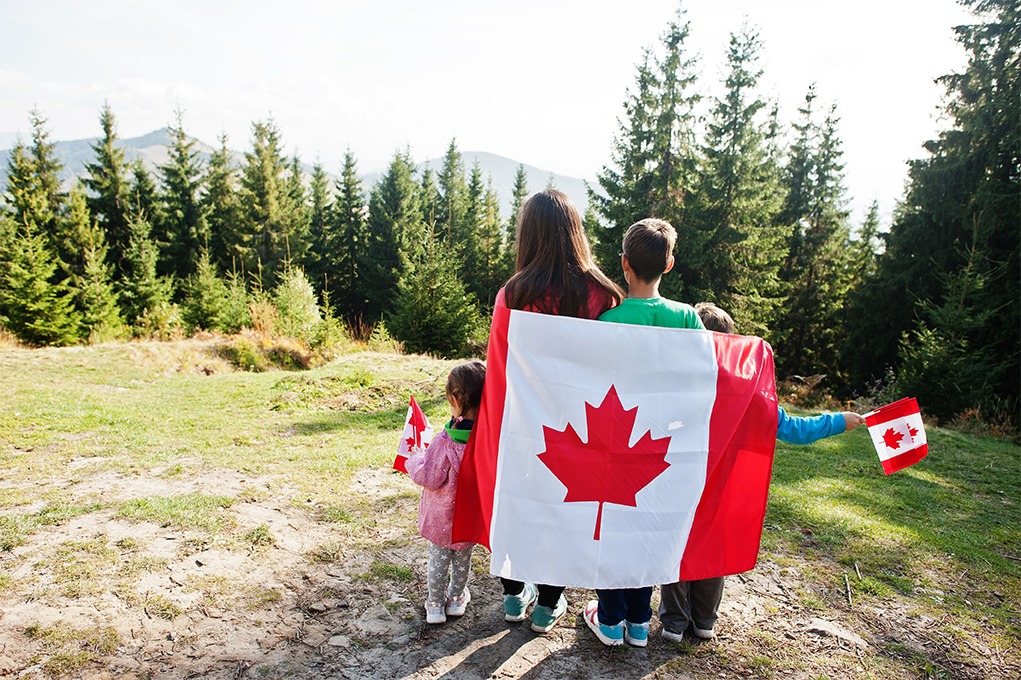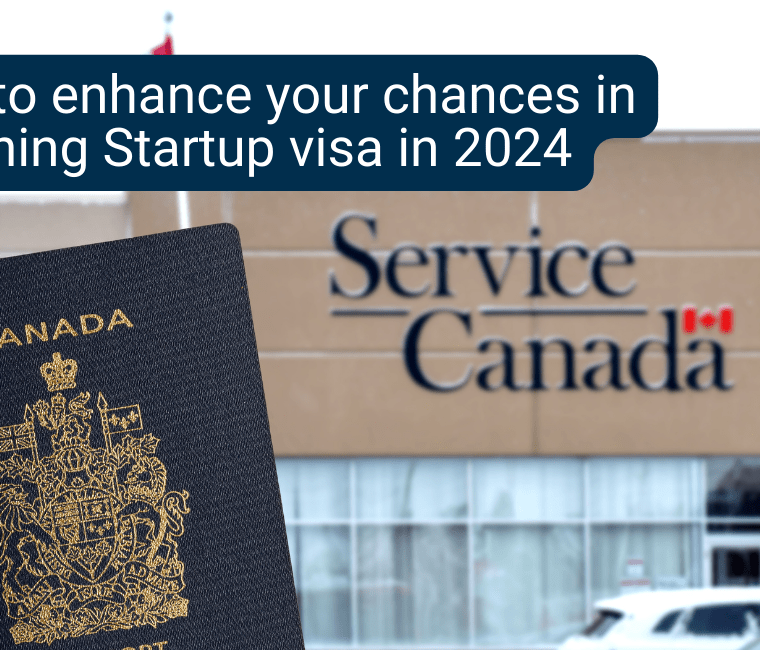Canada’s Immigration Levels Plan 2022-2024 targets 432,000 immigrants for 2022.

Canadian officials have set a new goal for immigration, aiming to bring in 451,000 newcomers by 2024. Immigration Minister Sean Fraser stated the reasoning behind the new tiers plans in a statement to the media.
This week, the Canadian government released its 2022-2024 Immigration Levels Plan.
Canada’s immigration goals have been raised yet again. Rather than the original goal of welcoming 411,000 newcomers, it plans to accept over 432,000 this year.
On February 14th, 2022, the announcement was made.
Canada plans to welcome the following number of new immigrants during the next three years:
447,055 permanent residents are expected to live in Canada by the end of the decade following this one (in 2023).
by the year 2024, there will be 451,000 people living there permanently.
In a statement to the media, Immigration Minister Sean Fraser explained.
“This levels plan is a balance of needs for our country and our international obligations. Recruiting highly qualified workers who can help Canada’s economy and address the labor shortage is a vital component of this plan, emphasizing family reunification and refugee resettlement. Increasing the number of entrants to areas facing economic, labor, and demographic issues is an integral part of our strategy for reviving the economy. What Canada has already accomplished makes me proud, and I eagerly anticipate how newcomers will continue to consider it a top destination.
New immigrants will enter Canada through:
Economic class paths like Express Entry,
The Provincial Nominee Program (PNP), and
The Temporary to Permanent Residence (TR2PR) stream in 2021.
IRCC plans to bring 83,500 newcomers to Canada via the PNP in 2022, making it the primary admissions program for economic class immigrants. It has halved this year’s Express Entry admissions but expects to resume normal levels in 2024 when it plans to bring in 111,500 immigrants.
When IRCC released its new levels plan, it appears that it is temporarily cutting back on Express Entry applications to handle TR2PR applications. The TR2PR program aims to bring in 40,000 newcomers by 2022 and another 32,000 by 2023.
IRCC is processing Express Entry applications biweekly in the interim, and the draw continues.
Since the outbreak began in most of Canada’s provinces and territories, PNP invites have been ongoing.
80,000 students will be admitted under the Spouses, Partners, and Children Program in 2022, while 25,000 students will be admitted under the Parents and Grandparents Program (PGP). IRCC has upped the number of PGP positions it hopes to fill by 1,500 over its previous goal.
Refugee and humanitarian initiatives will bring in the remaining 80% of newcomers. There has been a 5-percentage point rise over Canada’s previous immigration strategy, primarily due to Canada’s plans to relocate 40,000 Afghan refugees in the next few years. As a result of the increased intake of refugees and humanitarian aid, economic and family-oriented immigrants will make up a smaller percentage of newcomers to Canada than usual in 2023 and 2024. However, Canada plans to reduce its refugee and humanitarian aid intake once it has completed its Afghan resettlement operation in 2023 and 2024.
Immigration Class | 2022 | 2023 | 2024 |
| Economic | 241,850 | 253,000 | 267,750 |
| Family | 105,000 | 109,500 | 113,000 |
| Refugee | 76,545 | 74,055 | 62,500 |
| Humanitarian | 8,250 | 10,500 | 7,750 |
| Total | 431,645 | 447,055 | 451,000 |
Canadian immigration legislation requires the government to publish its plan for immigration by November 1 of each year when Parliament is in session, which is November 1 of each year when Parliament is not in session. However, the Canadian government held an election in September. Thus, there was no level plan release.
The levels plan governs Canada’s immigration system. Canada’s immigration plans are outlined here, including how many people the country plans to accept through various federal, provincial, and territory initiatives. According to the plan, both IRCC and the provinces and territories will alter their operations to bring in, settle and integrate the anticipated influx of newcomers.
About 250,000 immigrants arrived in Canada each year before 2015. It set a new annual influx goal of 300,000 arrivals in 2016 as a unique starting point. While 340,000 immigrants were expected to arrive in Canada the year before the pandemic, only 200,000 came in 2020 due to the epidemic.
For its post-COVID economic recovery, Canada’s government made a surprising announcement in October 2020 that it would be welcoming an average of 400,000 immigrants a year. This is one of Canada’s most coveted prizes.
For the first time, Canada attracted more permanent residents than any other country globally, with 405,000 new arrivals last year. Most new immigrants to Canada came from other countries before the pandemic.
Economic class paths including Express Entry, the PNP, and Quebec’s streams account for 62% of incoming immigrants in 2021.
Last year, 20% of newcomers were accepted into the family class through the Spouses, Partners, and Children Program and the Parents and Grandparents Program.
Refugee and humanitarian programs accepted 15% of the population in 2020.
All other immigration was classified as the final category.
Newcomers are critical to Canada’s economic and fiscal well-being. There must be an increase in immigration to maintain the country’s population and workforce and the tax revenue needed to finance essential social services like health care and education. Reuniting families, giving humanitarian aid, and preserving Canada’s Francophone heritage are just a few of the social immigration goals the country has in mind.
During the epidemic, it’s safe to say that immigration has taken on a more considerable economic significance. A combination of increased spending during the epidemic and reduced economic activity has resulted in budget deficits for governments throughout Canada. Combined with an aging population, COVID’s impact on the economy, and fewer immigrants abroad, firms across Canada are experiencing labor shortages.

Immigration Levels Plan 2023-2025 to be announced by November 1st, 2022
To avoid a repeat of last year’s election, the Canadian government must provide its second annual Immigration Levels Plan no later than Tuesday, November 1, 2022, unless there are exceptional circumstances. What was unveiled today will be replaced by this one.
As previously announced, the announcement for 2021 was postponed until after the September federal election.
The regularly scheduled announcement will be the Immigration Levels Plan 2023-2025.




